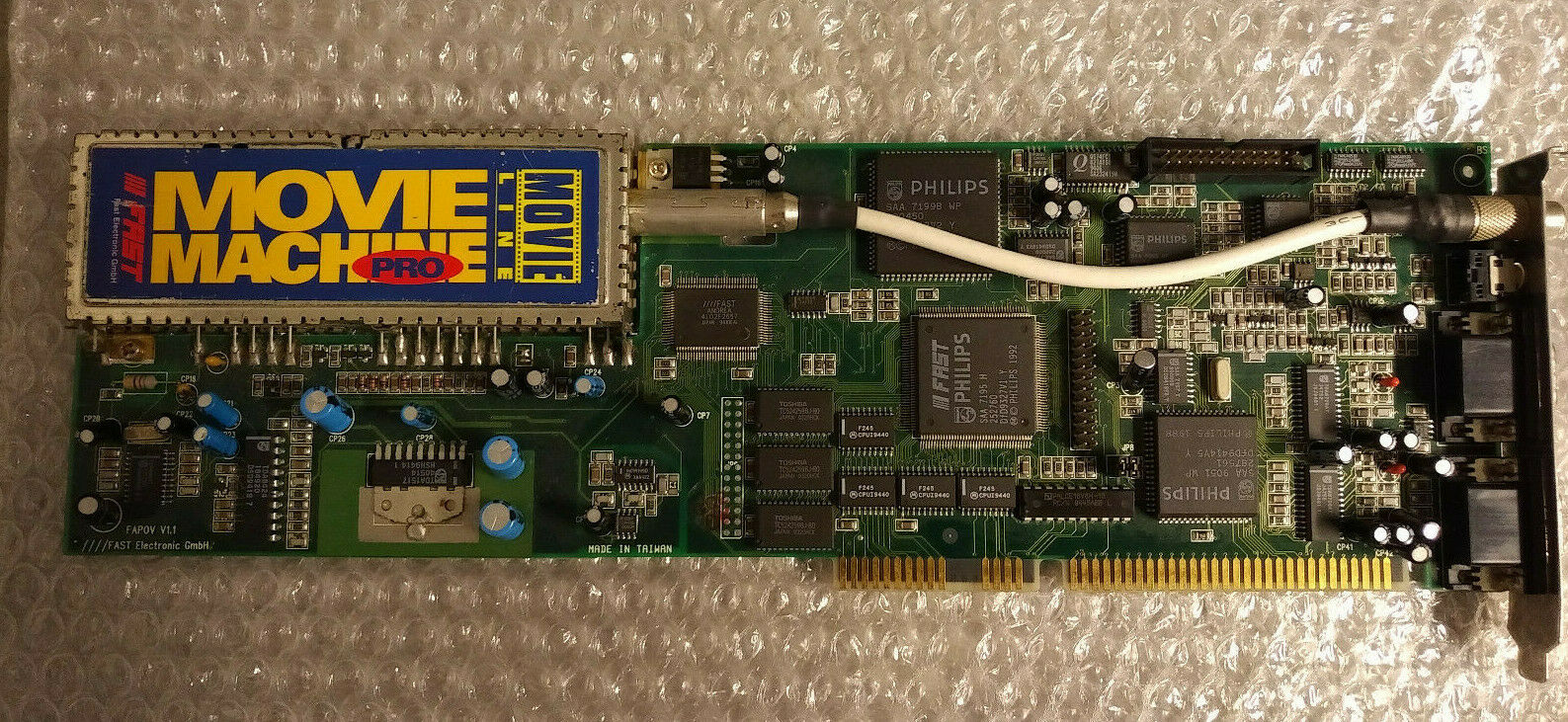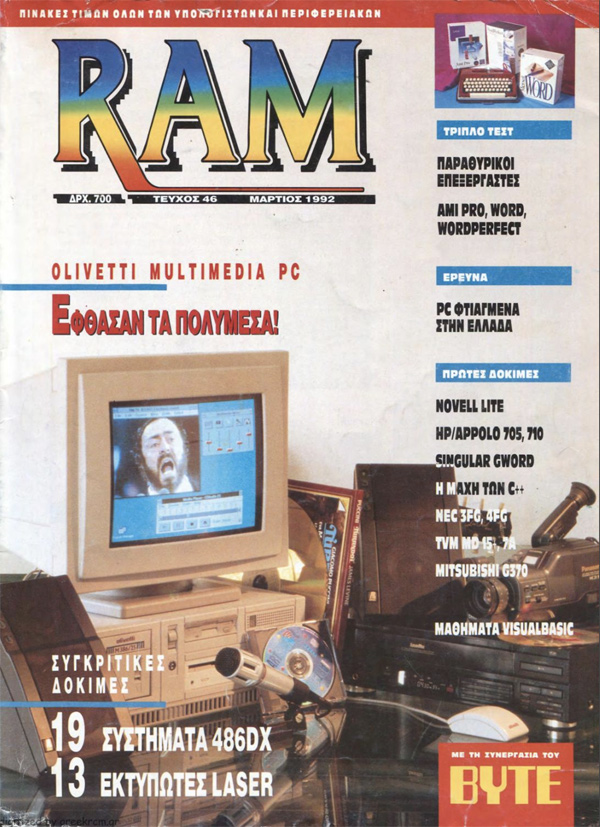First pixels
The following text was written as a retrospective of my early memories that introduced me to the world of digital design. I tried to keep the various dates and events on a loose timeline and give the reader a drive in the memory lane. All events are merely personal anecdotes and by no means should be considered as thorough historic analysis.
Being away from home for 20 days together with friends, next to the sea, playing games and doing a spectrum of different activities, already made the summer camp seem like a paradise for the 13 years old me. I knew no one and no one knew me. A pattern that was meant to repeat and mark some of the most important milestones in my course as a designer; but more on that later. So, it felt like a reset; or rather a format. A fresh start to introduce myself to new people and make long lasting friendships; since that wasn't going that great back in the city. However, this summer, i had a conversation opener and something to anticipate when i'd go back home.
Upgrade to update
I was already a proud owner of an Amstrad CPC 6128 (link to article) for a couple of years and it was time for an upgrade; a real PC! The ones with the big chunky case and a mouse, and a hard disk drive with enough space to hold my entire DNA sequence, at least i thought it would be able to that - After all, 440 Mb (Megabytes - not a typo) seemed enough. Heck, it will even take these 3.5 inch disk, that could hold up to 1.44Mb. sweet! My father promised that we would get one of these when i got back from the summer camp. I had no idea what to expect or how to even use a PC, although i was already a master of the Amstrard. My excitement was enough to make me start asking everyone around me in the summer camp if they had a PC and what exactly are these "Windows" i kept hearing about. Finally, some of the kids told me "you just type win.com and hit enter". That was the only piece of information i brought back home; and it did worked. Staring at the Windows 3.1 slash screen, thinking how detailed this looked.
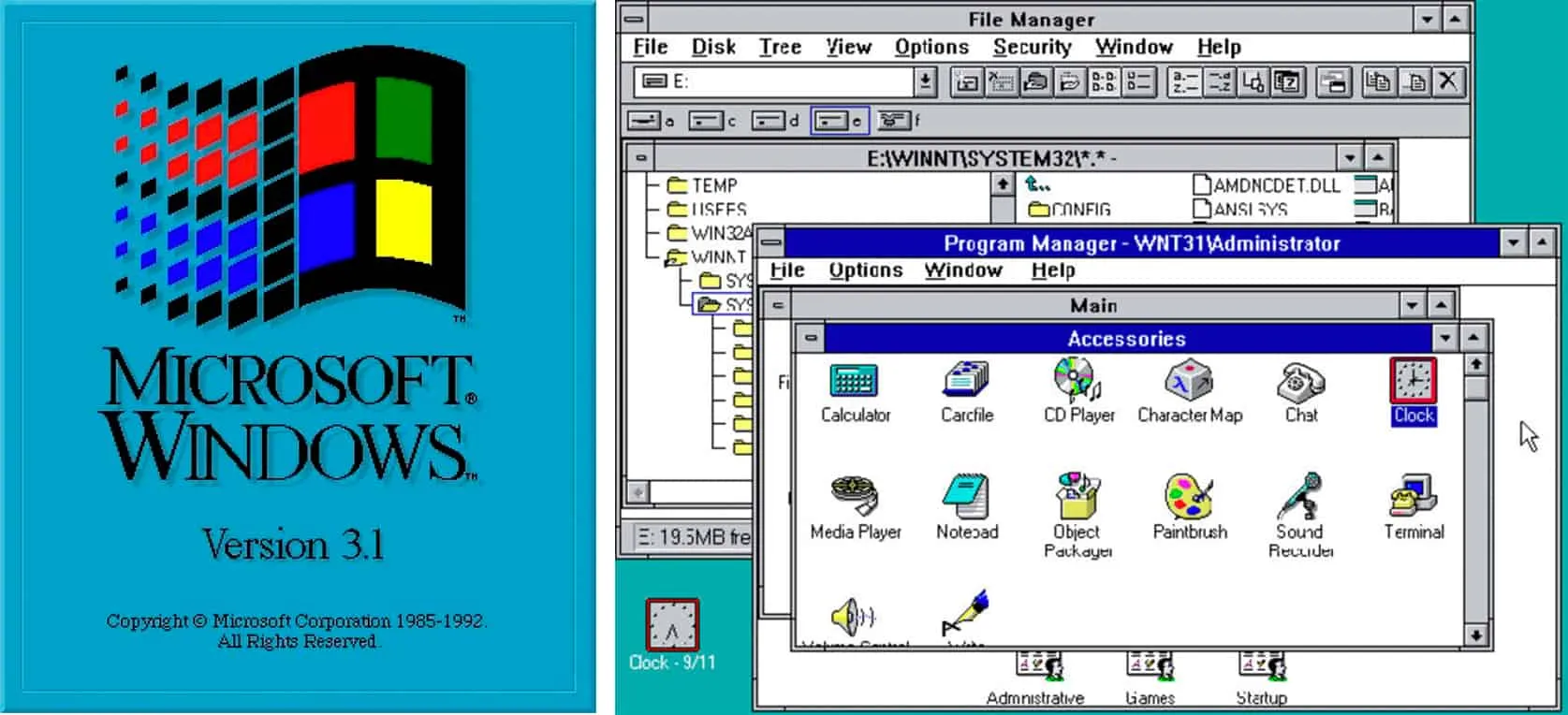
Fast forward, very literally, my gig was upgraded from an Amstrad (released in 1985 - almost a decade ago) running on a Z80 CPU clocked at 4 Mhz (not a typo) to a high-tech beast. That was my Cyrix 486 DX2, clocked at the lighting speed of 66 Mhz - While typing this words, i see that the price to get one of these CPU chips on ebay right now is 10 euros, that's cheap. Besides its speed, there was a world that i was stoked to experience. The world of "multimedia", which was such a buzz word back then. That was the 90s way to say, the graphics will look cool enough, move fast enough, and that the music and sound effects won't be as terrible as their 8-bit bleepy predecessors.

And they were (seemed) truly amazing. I remember it vividly how it felt when i first loaded up Doom and reached to press the top arrow button. Holly S*** it's 3D! In retrospective, i was living and breathing in the 3D virtual worlds of my games and so i was just itching to create some on my own. Or perhaps it was that scene of Terminator 2 when T1000 was melting. I've been wondering how they did that scene, and the answer "using a computer" wasn't ever enough.
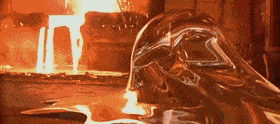
The first CAD (Computer Aided Design) application i ever used and actually tried to learn was 3D Studio. That was the DOS version! I didn't have the slightest idea of how to use it, although i vaguely remember buying a book about it with my pocket money. I eventually learnt how to create and render some 3D primitives. After a few months with it, my daily routine was: press the ON button of the PC, at the same time press the ON button of my 13 inches television, which was constantly set on Mtv. Waiting the PC to boot up in DOS. type c: press enter. type cd 3dstudio. press enter. type 3dstudio. press enter. My computer's main purpose was to run 3D Studio. Occasionally a game as well, but that was just for the shake of having some fun.
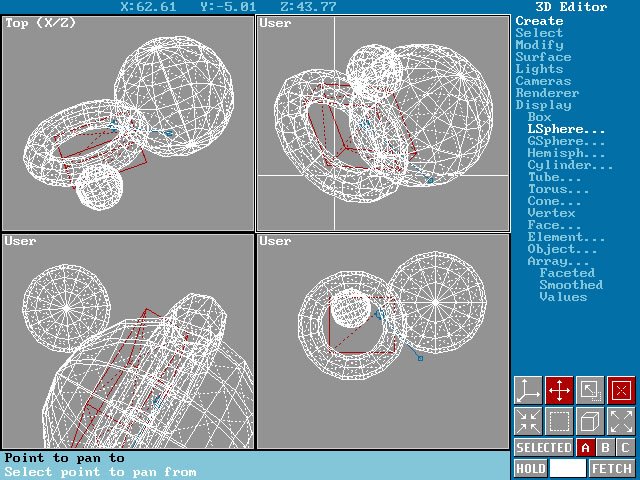
I think i'm missing few colours
In reality, the fun and very embarrassing fact was that: i hadn't installed the graphics card drivers. sigh. For almost a year. In simple terms, Windows weren't aware of the capabilities of the graphics card and were able to only display as little as 256 colors. Exactly as the image below - notice the dithering on the right.
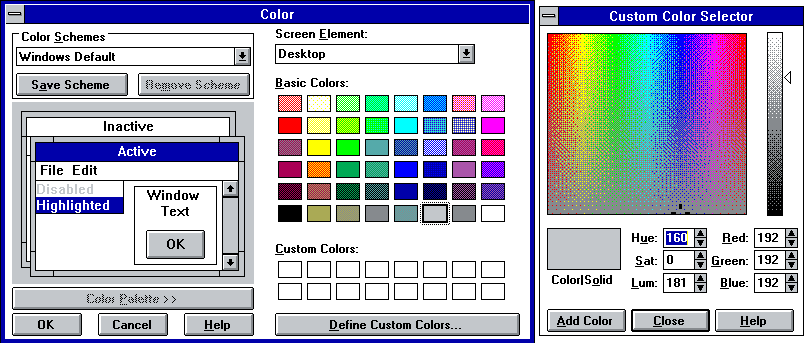
Thankgod, some computer wizard came over my place and had a look at the PC. Sidenote: He was typing so fast. I needed to learn how to type that fast! For starters i would learn how to type "edit autoexec.bat". I typed this command a thousand times until i was fast enough to show that off. He said "Did they give you any diskettes when you first bought the PC?". "Oh yeah i think so ...wait... here they are...". Graphics Card drivers were installed and by the sound of horns and fireworks, i brought up the colour picker to see if there is any notable difference. And there i had it; True Colour. Another leap forward, this time not in terms of speed but colours. From the good old 256 dithered colours palette, i had 16 million possible colours in my disposal. Photoshop was loaded right after.

First video pixels
A rather interesting upgrade to my PC rig was the acquisition of a video capture and video editing PCI card, which was called "Movie Machine PRO" by the Movieline company. I still wonder how i managed to actually install this on my PC since it was (and probably still is) the longest PCI card i've ever seen. This card's main feature was the ability to hook up a VHS player or a Videocamera and capture the "streaming" video to an AVI file, or even play a video sequence on the computer and record it back on a tape. Furthermore, it came with a program (did anyone called them apps?) that would allow to create video transitions and effects... The type you would see in a 90s news television broadcast. Although i wasn't that excited about my dad's new toy and he's newest endeavour to digitise all of his videos and photography, that card further showed me that my bedroom rig could do some of what the big boys in the industry are able to do with their computers when working with large video files. What considered to be high quality video capture was a 320x240 pixels at 30fps. Good times.
